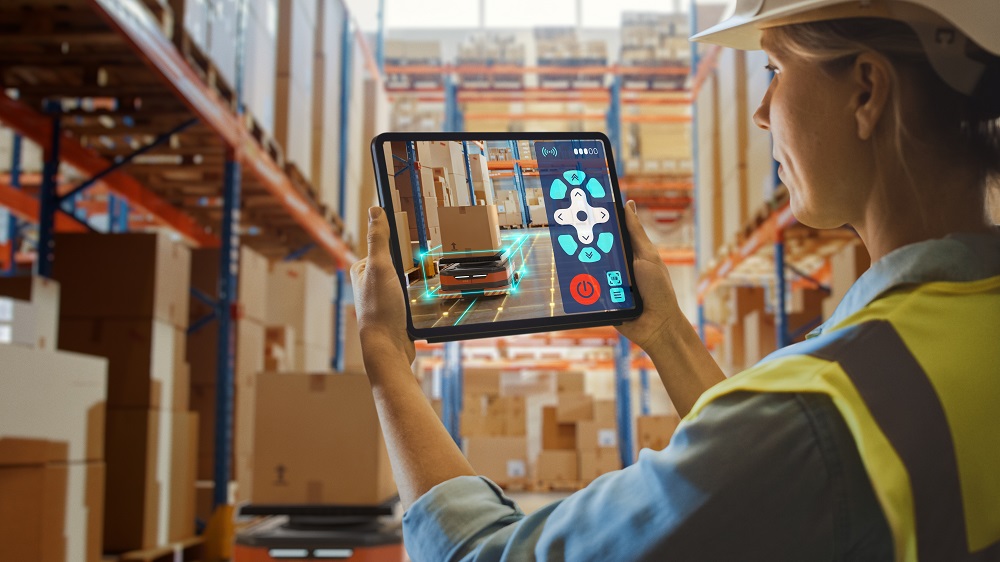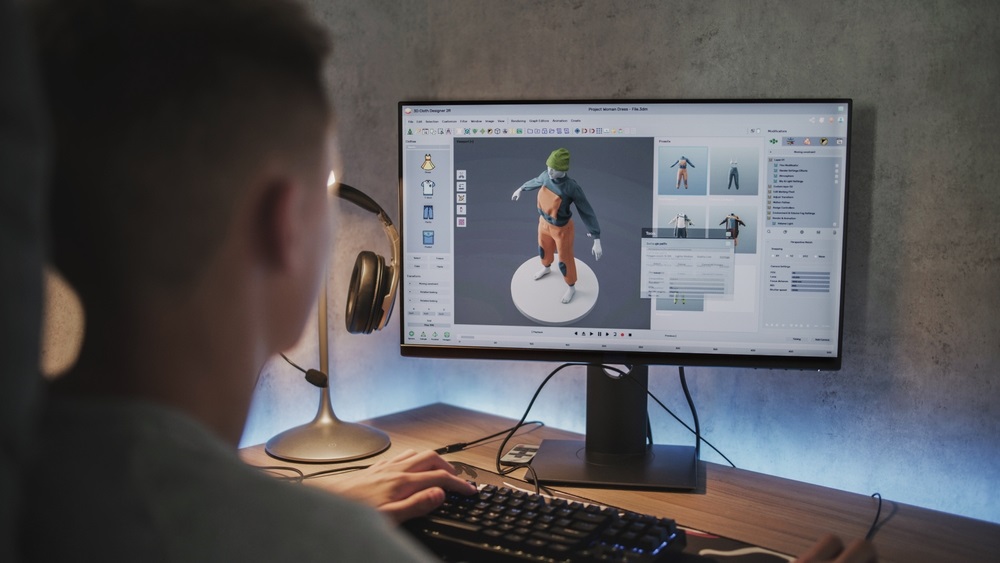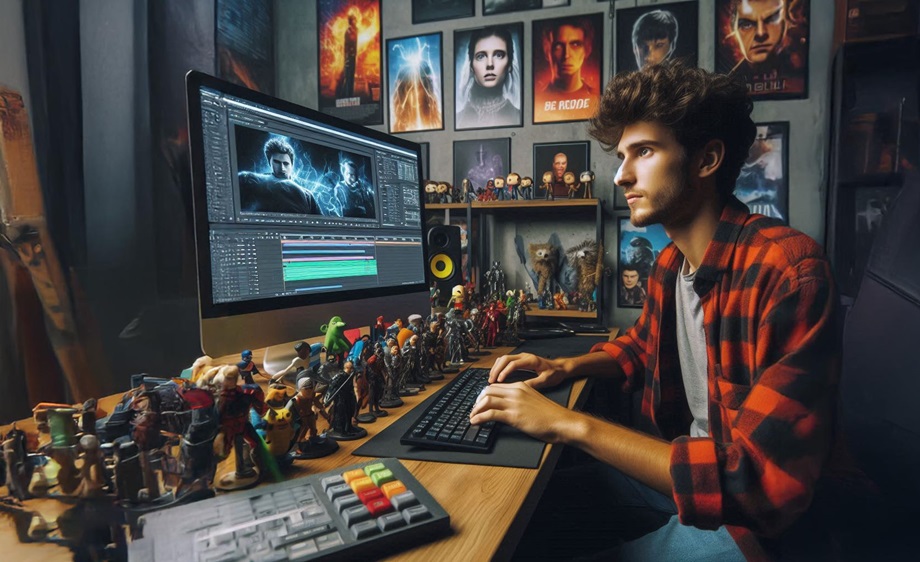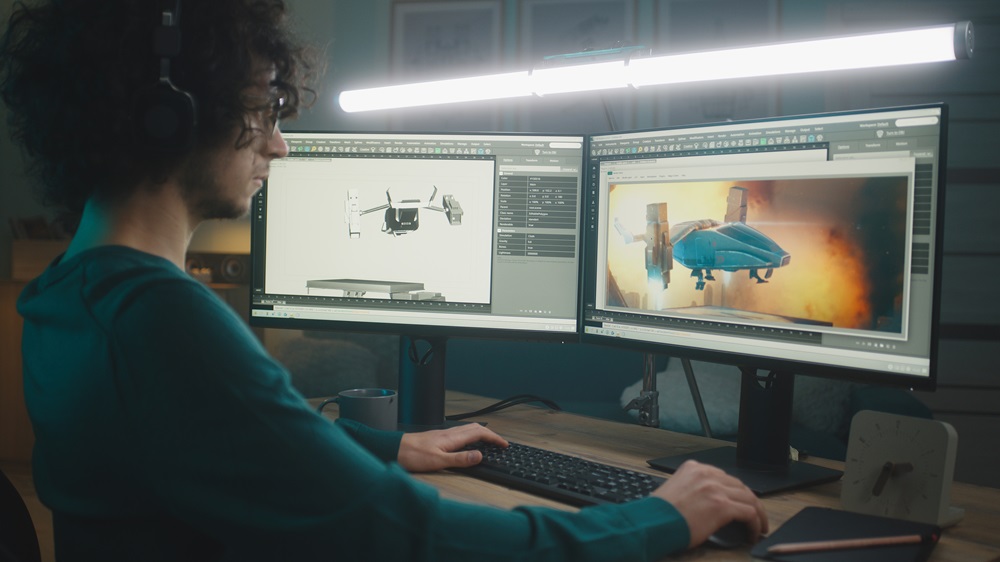Product packaging. We all see it almost on a daily basis, and yet no one really pays much heed to it. Yes, we’ll recognize our favorite pack of chips and cans of drink down at the mart – but we’re pretty oblivious to the rest, aren’t we?
It’s completely normal if you find yourself agreeing with that. In fact, in a market saturated with all types of products in every category, it is not hard to miss the packaging you see.
It all has a tendency to sort of blend into a wall of monotonous messaging, where it is rare that products are able to catch one’s eye simply based on their packaging.
Augmented reality packaging is one of the ways that can break the monotony people experience in their buying and shopping experiences. It has the power to change the ordinary packaging of products into a canvas for engaging with customers and storytelling.
By using AR in consumer products, brands hold the key to outfitting their products in a truly eye-grabbing manner. Where every box, every label, and package that a person sees in the market – could become a portal into a range of visuals or virtual activities.
Augmented Reality Product Packaging and the Brand’s Marketing Strategy
When it comes to a brand’s marketing strategy as well as market presence, product packaging can play a significant role in both. That’s because of its impact on the business and sales of its parent company.
Here’s a look at some of the roles played by product packaging and how augmented reality packaging can improve them:
1. Visualizing the Product
Augmented reality is one of the best technologies at hand for brands looking to add a twist to their marketing by allowing customers to visualize their products.
Thereby, in using augmented reality packaging, a company can basically have their products letting all sorts of AR-enabling markers on their finished product. Any of these can start the AR shopping experience being displayed on their product.
For instance, how cosmetic companies can use augmented reality packaging for their beauty products or how a furniture brand can implement the same for their ready-to-ship items.
In this situation, having a QR code or a URL on the products can let one’s customers simply scan and start exploring the product in AR – being able to view how it looks, especially for its usability.
2. Truly Interactive
Now there are a lot of ways for companies and brands to engage their customers – over the internet and even offline. However, augmented reality packaging is another feather in the cap of marketing strategists who can come up with new and innovative ways of utilizing it.
Owing to AR, products can be embedded with AR experiences with videos, animations, models, and more. This will help a company to engage their customers while entertaining them and making them spend more time with their brands.
For example, a stationaries company or publishing house can include an AR-enabled gaming experience on their products like pencil stands and notebooks.
The game could be a simple one – maybe a car race or a side-scroller. Unlike with a virtual showroom, customers could scan the product to start this AR experience. And this would incentivize them to make repeat purchases, while the company’s product stands out among other competitors.
3. Storytelling and Promotion
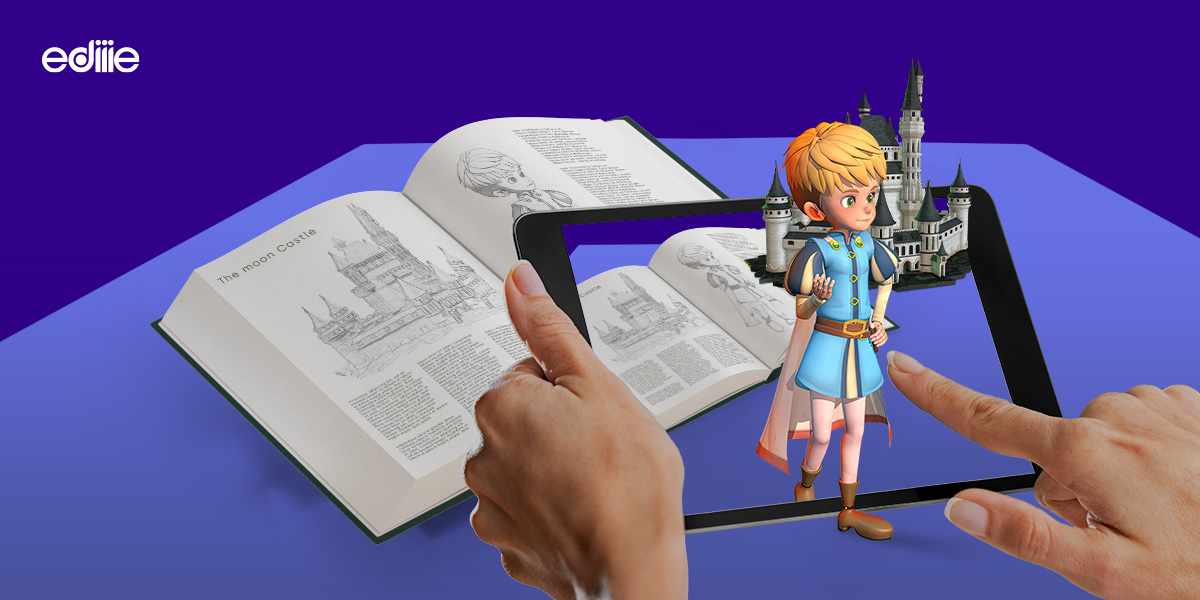
It’s not always possible to fit every bit of information about one’s company or brand onto the tiny labels and spaces of a product’s package. Augmented reality packaging extends the space available and works in favor of a brand’s marketing benefits.
It allows the company to have a space through which it can let its customers launch into an AR experience or app that can highlight the brand’s values, and mission and give important info about the products.
More importantly, augmented reality development for products can enable ‘cross-promotion’ where a company can showcase other products and similar items to their customers.
It can be an extended platform of advertising for a brand’s marketing strategy where depending on the customer’s purchase, they can be shown other products from the same brand or parent company that might be of interest to them.
Related post: How Augmented Reality is Revolutionizing Storytelling
Advantages of AR for Packaging
Augmented reality, as it stands, is a highly versatile technology that can be moulded for something as simple as product packaging. Because it relies on imposing digital images onto real-world scenarios, it essentially changes how one views or interacts with whatever it is combined with.
Augmented reality packaging, in that same vein, can bring various advantages for businesses, such as:
1. 3D View of Products
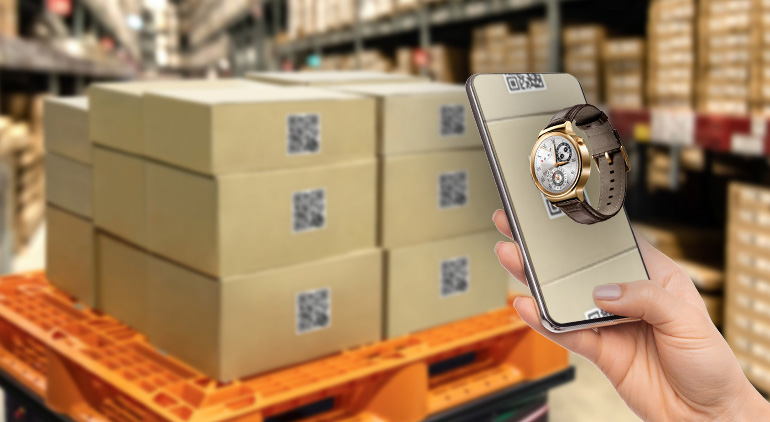
Augmented reality packaging may be used to generate interactive 3D representations of items that buyers can view on their mobile devices or smartphones and tablets. This can help buyers grasp what is being sold as well as how it operates - better.
2. Interactive Product Experience
AR may be used to enhance product packaging by adding interaction and engagement. Customers, for example, may scan an image with a QR code on an item's box to access a video game or other immersive experience.
This may serve to make the packaging more enjoyable and interesting, as well as market the product. This can also extend to interactive user manuals found inside the packaging or other parts of the packaging.
3. Customized Shopping
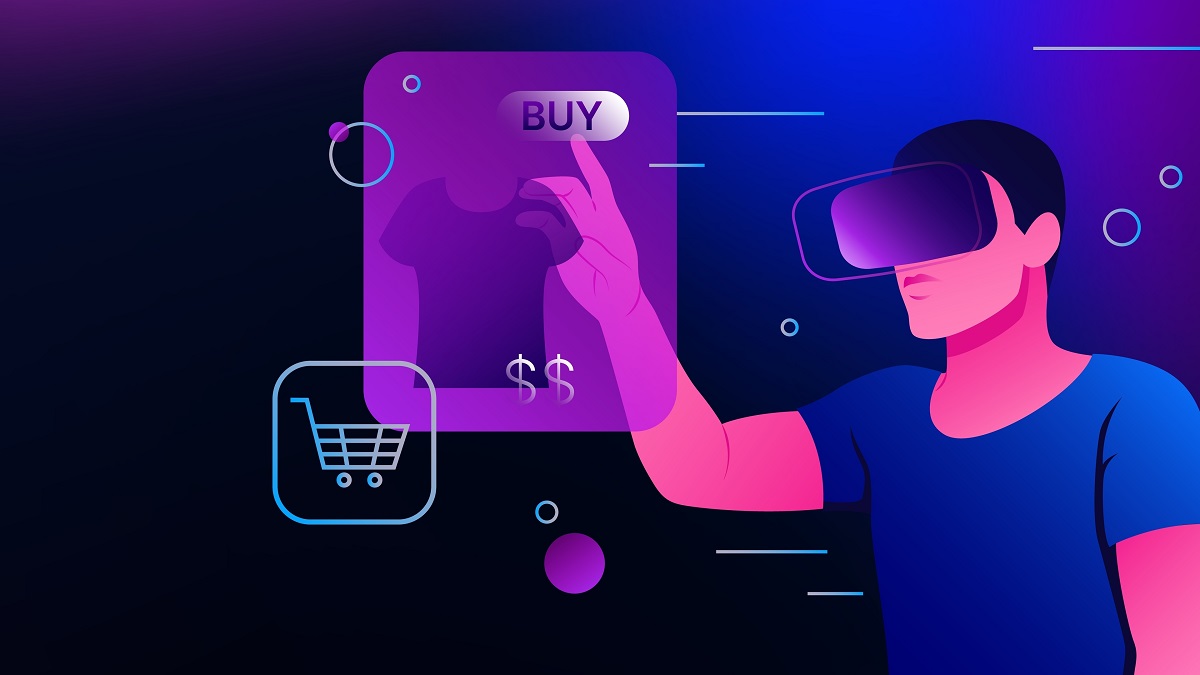
A customer's purchasing experiences may be personalized using augmented reality packaging. A buyer, for example, might scan a product box to discover product information suited to their unique interests or requirements.
As a result, one may feel more attached to the merchandise and the company as a result of this. This can be coupled with experiences where companies have expanded to virtual malls, etc.
4. On-demand Demonstrations
AR may be employed to generate engaging demos of products that illustrate how to utilize the item and the manner in which it works to.
Rather than typical packaging, this might be a more interesting and informative approach to teach buyers about a product, as they will feel part of the demonstration and also learn it as intended.
5. Tracking Customer Behaviors
At the moment of sale, augmented reality packaging may be utilized to track client behavior. Brands, for example, may employ AR apps with trackers to measure how buyers engage with the packaging of a product as well as how long they interact with it.
This data may be utilized to improve product package design and the AR app in order to make it more efficient at attracting buyers.
These are some of the advantages that a company or a brand can gain from using AR for packaging. As we can see, it can make the packaging more informative and engaging in just a few clicks.
Use Cases of Augmented Reality Packaging
1. Lego
The famous Danish toy company Lego has most popularly utilized augmented reality packaging on its Lego toy sets.
It has made an AR app that goes along with its products and lets people scan their Lego sets to see how they look in real life, in 3D.
2. Coca-Cola
Everyone’s favorite soft drink and beverage company isn’t far behind in the game of AR!
They recently made an AR app that lets people learn about the history of the company and also play games if they’d like.
3. Nespresso
Nespresso of Nestle took the AR game into the world of coffee and hot brews with their personalized packaging and app.It utilized augmented reality packaging to let users scan and see how their coffees will look when it has been brewed.
And also educate customers about the brewing process.
4. Carrefour
The French retail company Carrefour kept it plain with nothing fancy and yet touched upon a very important advantage of having augmented reality food packaging.
Customers can simply scan their products to see virtually all types of nutritional information about their food items and reviews. This allows the customers to make better purchasing decisions.
Engage and Inform with AR Product Packaging
These advantages and examples, though amazing, do little to illustrate just how revolutionary the concept of AR for product packaging really is. It is truly one of the sharpest examples of converging digital technologies with real-world products.
Where something as innocuous as augmented reality QR codes allow the packaging of a product to no longer stay limited to boxes, ink, wrappers, and labels.
As an AR and VR development company, we invite you to explore and embark on an AR journey of your own. Our team is well-versed in crafting immersive experiences and can help you tell your company’s story through your services and products.
Contact us today at EDIIIE and learn how we can give a boost to your brand’s marketing through our AR packaging innovations.



